Dushanbe - lovely Monday
Monday Could be lovely? Surely the majority will say no, still remembering a line from a famous song about the abolition of all Mondays. But this Monday may be not only spiritual, but also warm and bright, inviting, full of twittering birds, nostalgic memories, different thoughts and feelings, which simply cannot be canceled. Why? Because it is the capital of an independent state and his name is Dushanbe!
Approaching the town, located in the picturesque and fertile Gissar valley at an altitude of 750 to 930 m. above sea level and enjoying the foothills of the snow-white caps of the Hissar Range, carefully from the north and east protecting the capital from cold winds in winter and gifting cool in summers, after a few minutes landing foot on the ancient land few people will think about that. And of course, what can be seen from antiquity to the modern terminal International Airport? And yet, the debate about the true age of the city Monday among scientists do not cease to this day. And they are based on numerous archaeological, historical and ethnographic finds made in the surrounding area during the XX-XXI centuries. For example, in the early XVII century, written sources mention the terrain Dushanbe in the second half of the XVII century already county and the city of Dushanbe.
Actual status of the city and a prime location at the fork of the caravan routes between Bukhara and Samarkand, Pamir and Afghanistan, made it possible to maintain a brisk trade, which collected a huge number of people on Monday - market day, which determined the name of the locality (Dushanbe translated from taj Monday.). Neighboring settlements of Dushanbe were two small villages - Sary-Assiya (Sary-Osiyo) and Shohmansur, who subsequently became the basis of some modern metropolis.
Like all only beginning their way cities, old Dushanbe was initially quite small. For example, in the XIX century, it occupied the limited territory between the west side of the river Dushanbinka, on the east - M. Tursunzade street (formerly Red Partisan), on the north – in the line of Pedagogical University (former Pedagogical Institute), and from the south - the street Shotemur (formerly Communist). But gradually, the city expanded, absorbing more and more territory. Today, the capital of Tajikistan from the north to the south crosses the river Varzob (Dushanbinka in the city), and from east to west - Kafirnigan, the area in 2019 with a long time constant 127.4 km² increased by 7659 hectares at the expense of Rudaki district (former Lenin .), in particular its rural jamoat Choryakkoron, Sarikishti, Guliston, Chorteppa, Chortut, Chimteppa, "Russia", etc. (and, according to the general plan of Dushanbe, is not the limit), and the city is divided into 4 large area - Somoni (former Oktyabrsky), Sina (formerly Frunze), Shohmansur (former Railway) Firdavsi (Ferdowsi, a former Central). Respectively, the number of the population has increased, which in 2019 together with the new territories was more than a million people. From a simple town Monday has grown into a major scientific and cultural, political, economic, industrial and administrative metropolis.
As for the history of the city at the present stage in the composition of the Soviets, it began in October 14, 1924, when the Tajik Autonomous Oblast was transformed into the Tajik Autonomous Soviet Socialist Republic within the Uzbek Soviet Socialist Republic with the capital in Dushambe (until 1929 Dushambe, in 1929 -1961 - Stalinabad), and in 1929 it became Tajik Soviet Socialist republic. In 1961, the capital of the Tajik SSR was returned to its original name, which is written now as a Dushanbe in accordance with the rules of the Tajik language.
Since its formation in modern history Monday do not stop growing and improving. Moreover, growth and development were so swift and turbulent, without exaggeration, no other cities in the country, and in Central Asia as a whole, did not feel like it. It is in the capital of Tajikistan where the formation of a trend in the development of architecture throughout the country was started, and first tested the possibility of using the traditions of architecture of the past, the mix of architectural styles, creating their own special, European-oriental atmosphere, the beauty of which is attached to the surrounding mountain town. Even they are included in the city limits defining its urban structure.
If you look at Dushanbe bird's-eye view, the first thing that catches your eye - a broad band Dushanbinka river that divides the metropolis into two halves from north to south to the confluence with Kafirnigan and naturally define its wrong, but however such organic external shape. Therefore, it seems quite natural that the northern exit from Monday somehow unobtrusively fits into the picturesque Varzob gorge, while the southern part is in contact with the once former suburban Rudaki district, part of which was included in 2019 in the city limits. Western Gate, signaling that the traveler entered in Dushanbe, in connection with the expansion has been dismantled, but everything else on the site, and is a separate architectural interest.
In the left-bank part of the capital from the north to the south lies the most "old" city highway - Rudaki Avenue (formerly Lenin Avenue), has laid the first circuit of the master plan 1935-1937. About the avenue one can talk for hours, remembering and noticing more and more nuances. This is the protocol street, because the distinguished guests pass along it, arriving in the capital from the international airport, and a kind of local Arbat, and a sudden acquaintances and meetings, not to mention the historical and cultural part of the prospectus, which grew and was formed with the growth of the capital itself.
Starting from the warm Station Square to all over its avenue it changes direction several times, forming in variety places turning square, squares, and alleys. For example, from Station Square to the intersection with the other main artery of the city - street Aini on Rudaki Avenue nestled original cozy square that bears the name of the previously V.V. Kuibyshev, whose monument itself opens the entrance. The Aini Avenue makes a turn to the left, running away in the shadow of plane trees (Platanus orientalis), under which the right and left of the middle alley (the same Dushanbe Arbat) stretched residential and administrative buildings, landmarks and architectural ensembles - the former building of the National Museum of Tajikistan, which is now given the needs of the Institute of fine Arts and design, the main building of the Tajik national University, Ministry of industry and new technologies, the Ministry of Justice, Vakhsh hotel, an area named after the 800th anniversary of Moscow from the Tajik State Academic Opera and Ballet theaternamed after Aini and fountain complex, Academy of Sciences of Tajikistan, the Accounts Chamber of the country, in a building where for many years was the Librarynamed after Ferdowsi, Tajik Pedagogical University named after Kanda Juraev (the first higher educational institution of the Republic, opened in 1931), Tajik Medical University named after Abu Ali ibn Sino, Tajik Agrarian University, park named after Aini and others.
The central part of the Rudaki Avenue has a symbolic ending of flower beds and the stele with the clock, entering the city's central square - Dusti (Translated from taj. friendship) with a monument to the founder of the first Tajik state Ismail Samani (the architectural ensemble Dusti Square can be read here). Further, it expands to 6-lane highway to the park named after Rudaki and beautiful fountains on the left side with a view of the Palace of Nation and the parliamentary complex under construction on the right.
In general, the formation of a new architectural appearance of the capital nowadays plays an important role in solving a variety of problems, including the desire to be in the trend, and updating of various systems of housing and communal services, and the construction of multifunctional buildings and schools. And that’s why for these reasons and others, the city is a large-scale replacement of one epoch (in particular, the Soviet) to another, more appropriate to modern realities. And this reality can already be seen further on Rudaki Avenue, at Aini Street, where for two years (2018-2020) will be more than 50 high-rise residential buildings in the area of 42 hectares, trade and service centers for 25 000 people, which particularly will change the face of the capital city. And as part of the General Plan in the territory of the capital Dushanbe Sino District five new neighborhoods will be erected.
From the central highway of Dushanbe like veins side streets are devided. National Museum of Antiquities is situated on one of them, on the other stretches the Botanical Garden of the Academy of Sciences of Tajikistan (Boghi "Iram"), founded in 1933, and has more than two thousand species of plants from all parts of the world, a collection of roses (more than 600 varieties ) and juniper (over 30 species). Garden is a favorite place for newlyweds walking - so it is beautiful and solemn. Bu the way, in the framework of these walks national ceremonies are often held, which one can even participate.
Ismail Samani Avenue, one might say, is born at the intersection of Rudaki and goes from the center of Dushanbe to the mayor's office (formerly located here, the Central Committee of the Communist Party of Tajikistan, then the Presidential Palace). On the avenue, you can find the art gallery, Artists 'Union of Tajikistan, the Writers' Union of Tajikistan, the National Museum, walk along the flag park which recently was one of the tallest flagpole in the world, down to the bridge over Dushanbinka, you can get to a student island Tajik National university, or to the concert hall "Borbad", or the Palace Tennis... though perhaps a desire to walk on the banks of the Youth Lake (former Komsomol) and nice dinner in the cultural and entertaining complex of Kokhi "Navruz"
And do not refuse to look at the Karabaev`s avenue, named in honor of the first Hero of the Soviet Union from the Central Asian republics of the USSR Negmat Karabaev and look at ... a flying saucer, which will never fly, but it threatens to do it someday, Dushanbe circus and then walking up to the Victory Square salute the battle tank JS-2 ( "Joseph Stalin" -2) which passed the roads of the Great Patriotic war. "Nobody is forgotten - nothing is forgotten", and the eternal flame in Dushanbe's Victory Park - a sacred place in the capital.
"What creates comfort and helps to feel not only the pulse, but also the soul of Monday itself?" - this question may be asked by anyone, whether the citizen or a guest of the capital. The answer to this question is quite simple - the beauty and the power of homeland is revealed only to those who can stop suddenly and forgetting about everything, breathes the wind gusts blowing in the face of the spring, to hear the cawing of the black crow, laughes at teasing of mainas, see how chestnuts bloom, apricot and cherry blossoms, admiring the beauty of tulips, enjoy the fragrance of roses ... It's one of those moments when you can hear the heartbeat of the mountainous region of the capital ...
Perhaps this is a reflection of the soul itself. All our actions and deeds are printed out on the town in which we live, and the city, in turn reflects on us. That’s why absolutely any city is filled with a variety of feelings and emotions. It experiences the joy and pain, success and disappointment, loss and discovery with us. And gives everyone something with which we come to it.
The city, where is heard the song of the nightingale,
I see the mountains from the window in the morning ...
Du-Shan-be ... It is the soul of the city - it is a collection of thoughts, feelings and lives, historical events, home energy, parks and squares, it is what that invisibly lives and throbs somewhere, beyond the human comprehension. This is what saves each of us, when we in reality want.
Kush omaded dar shahri Dushanbe!

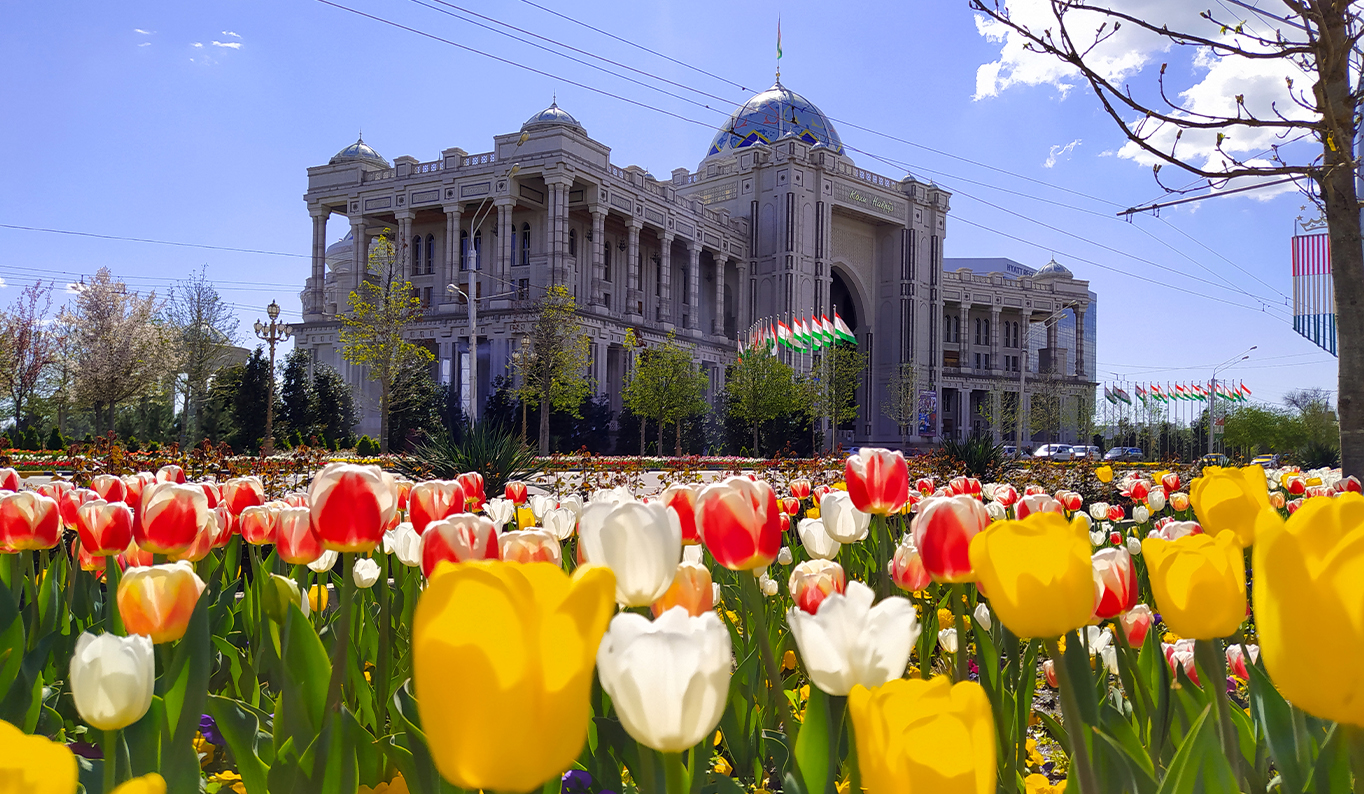
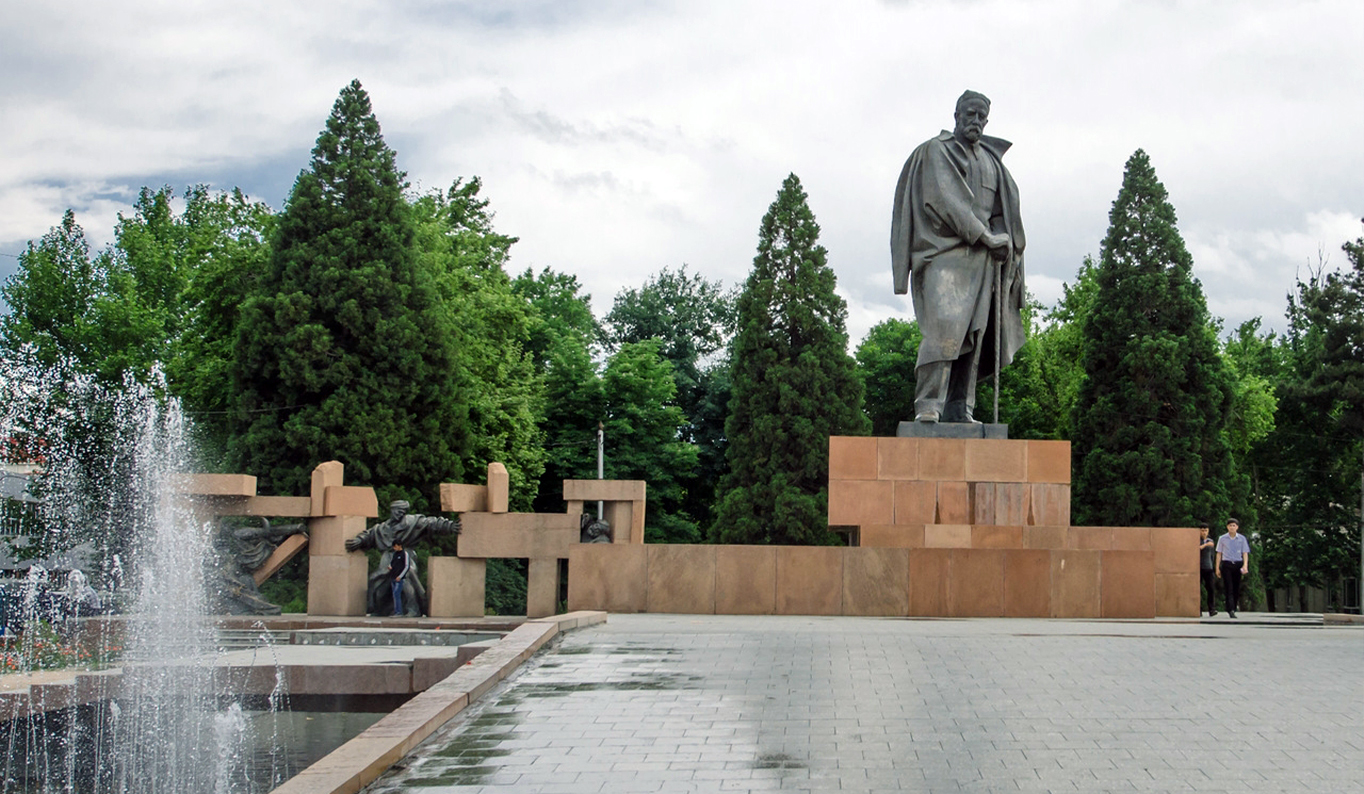
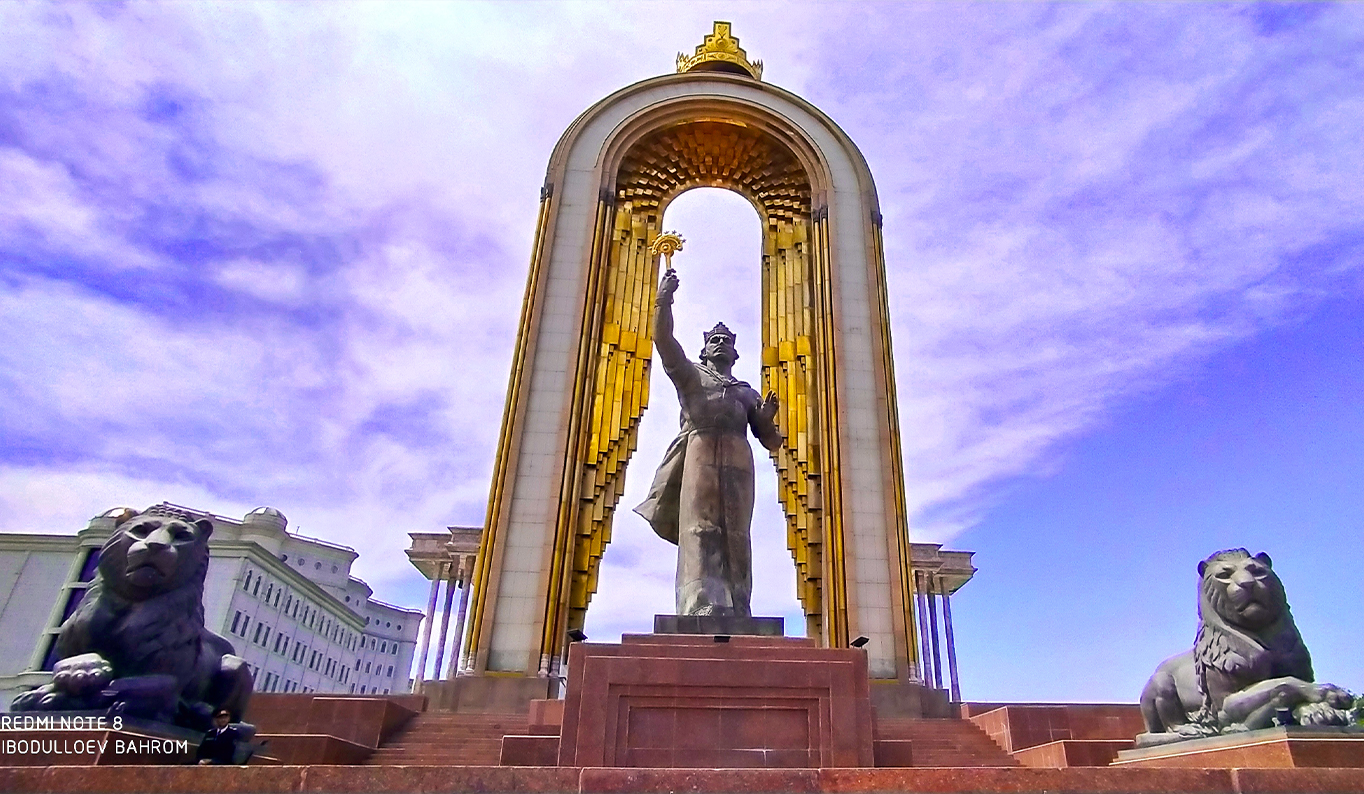
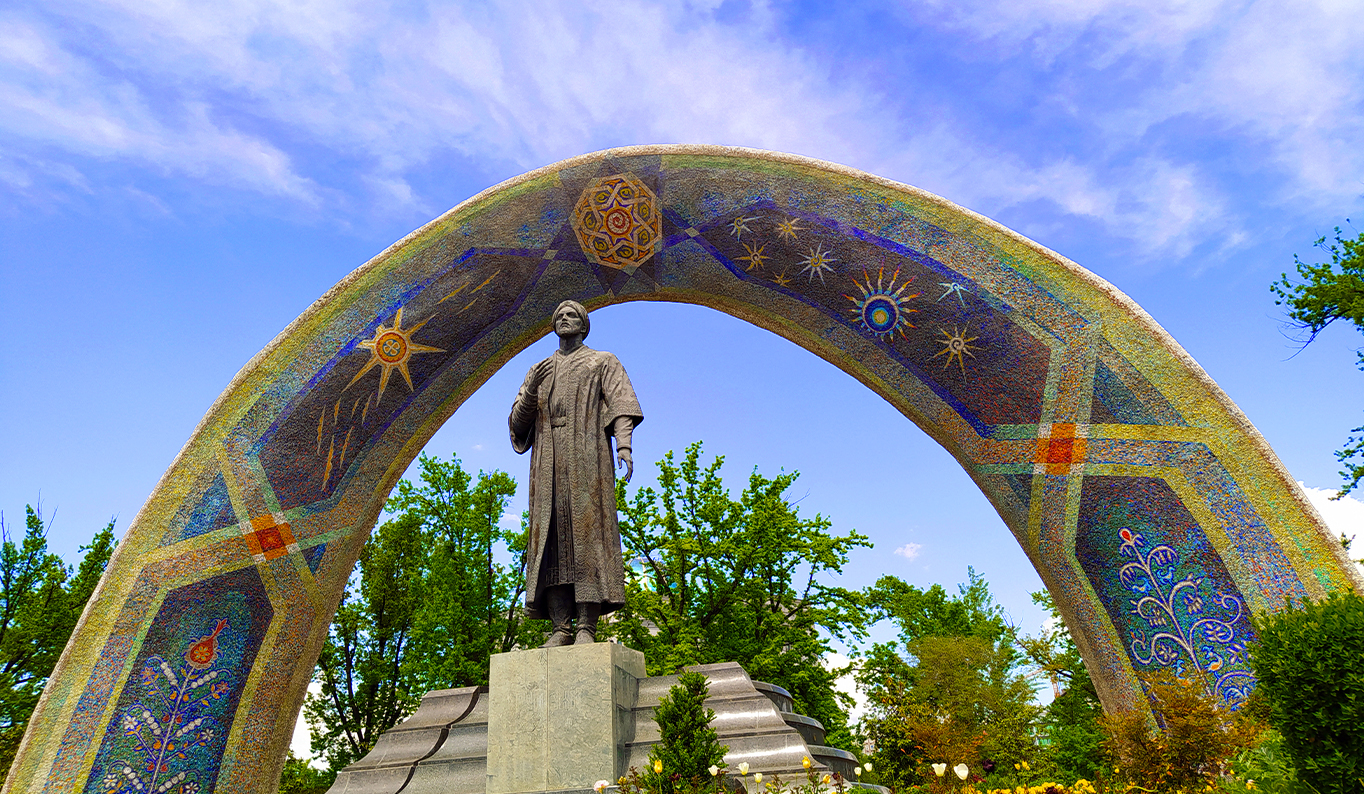
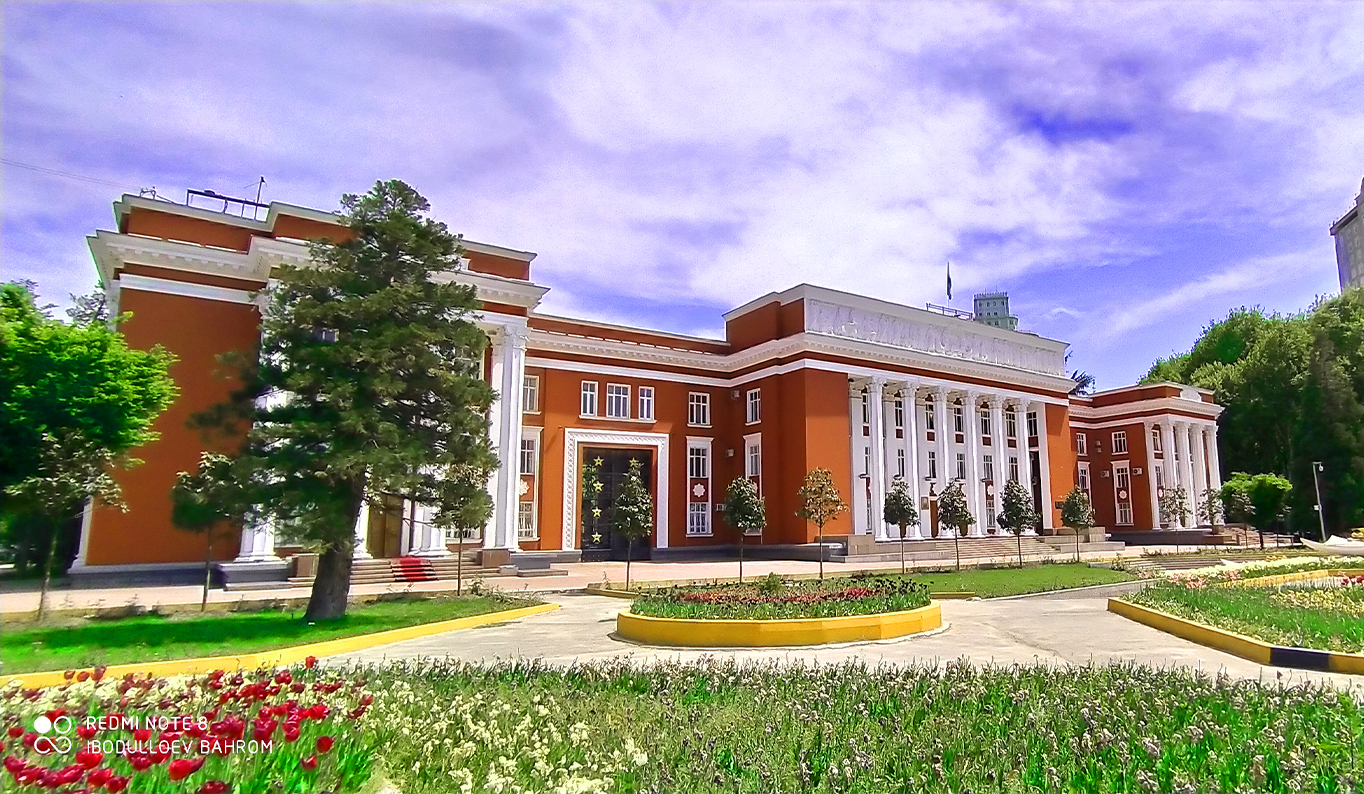
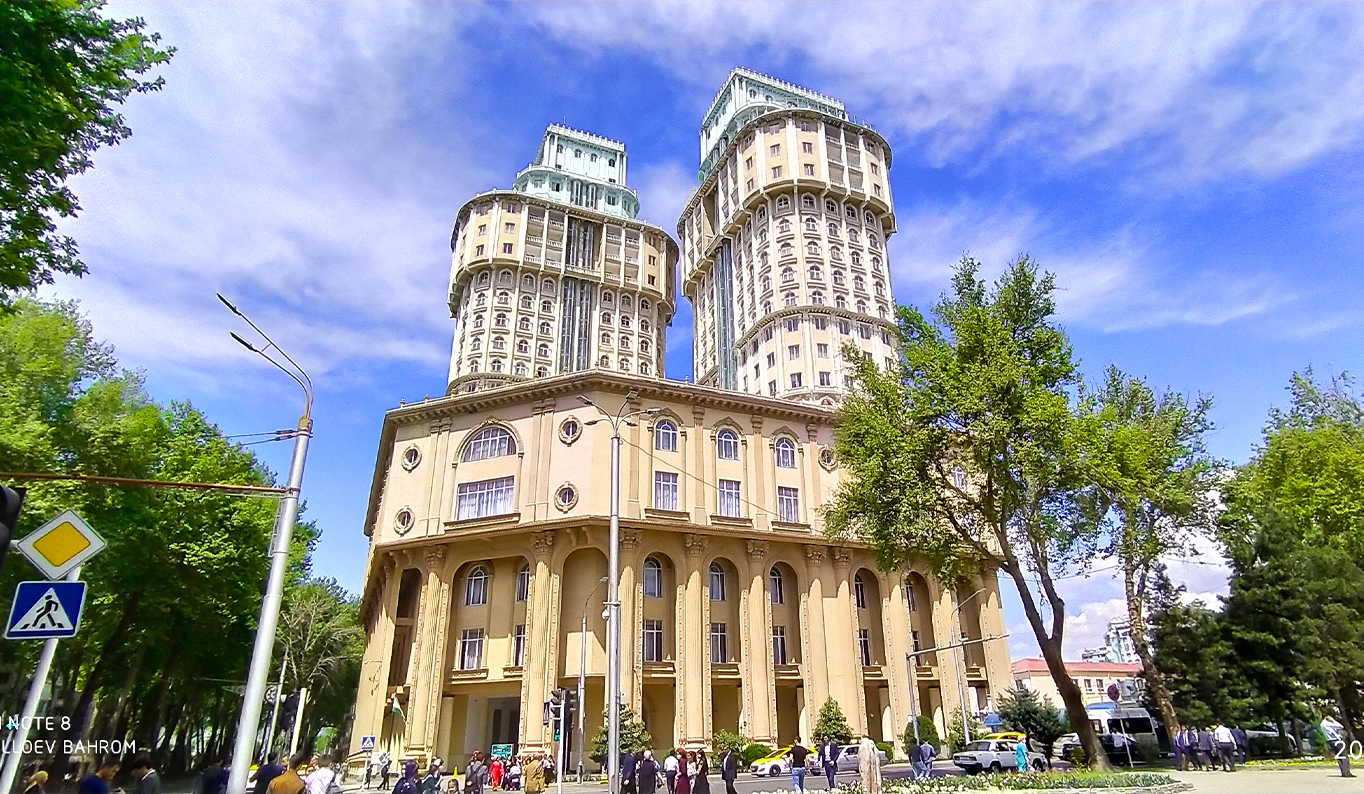
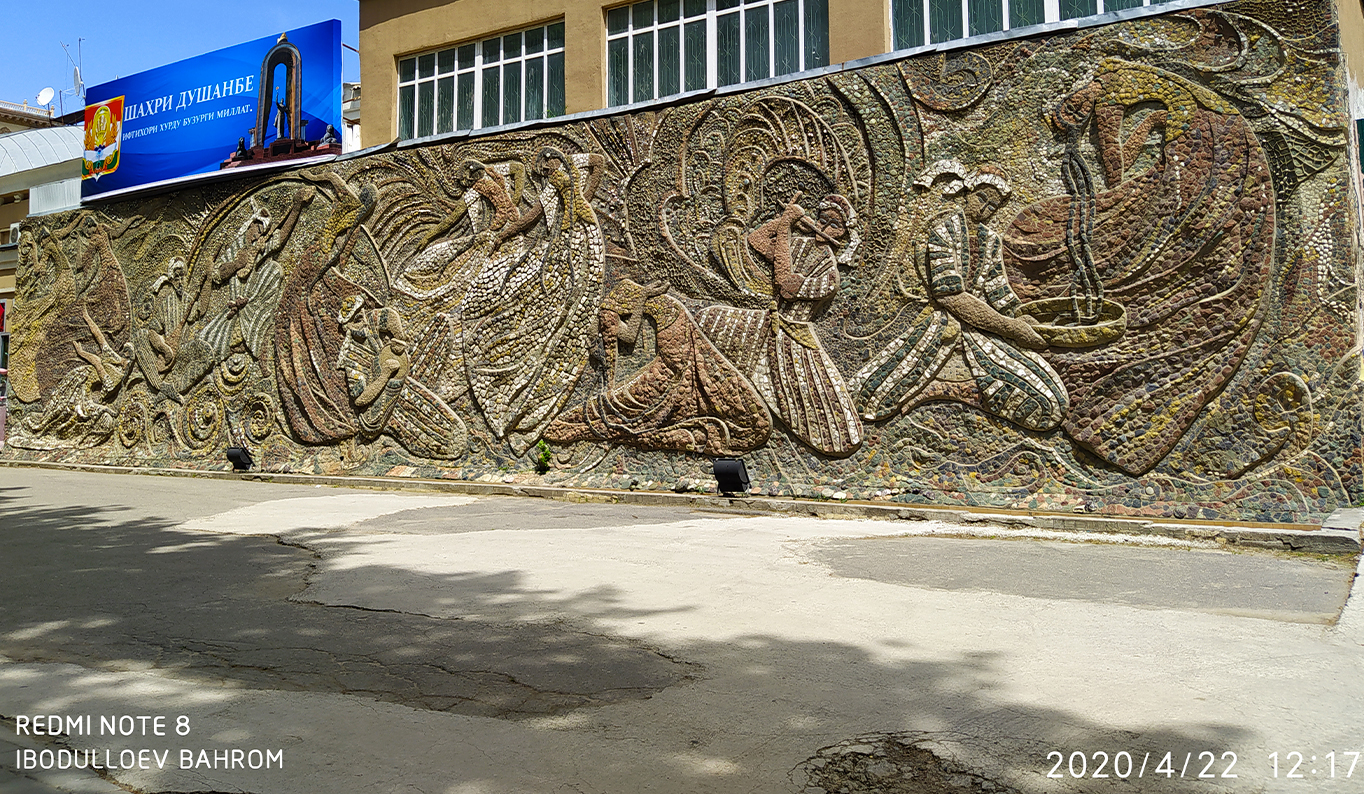
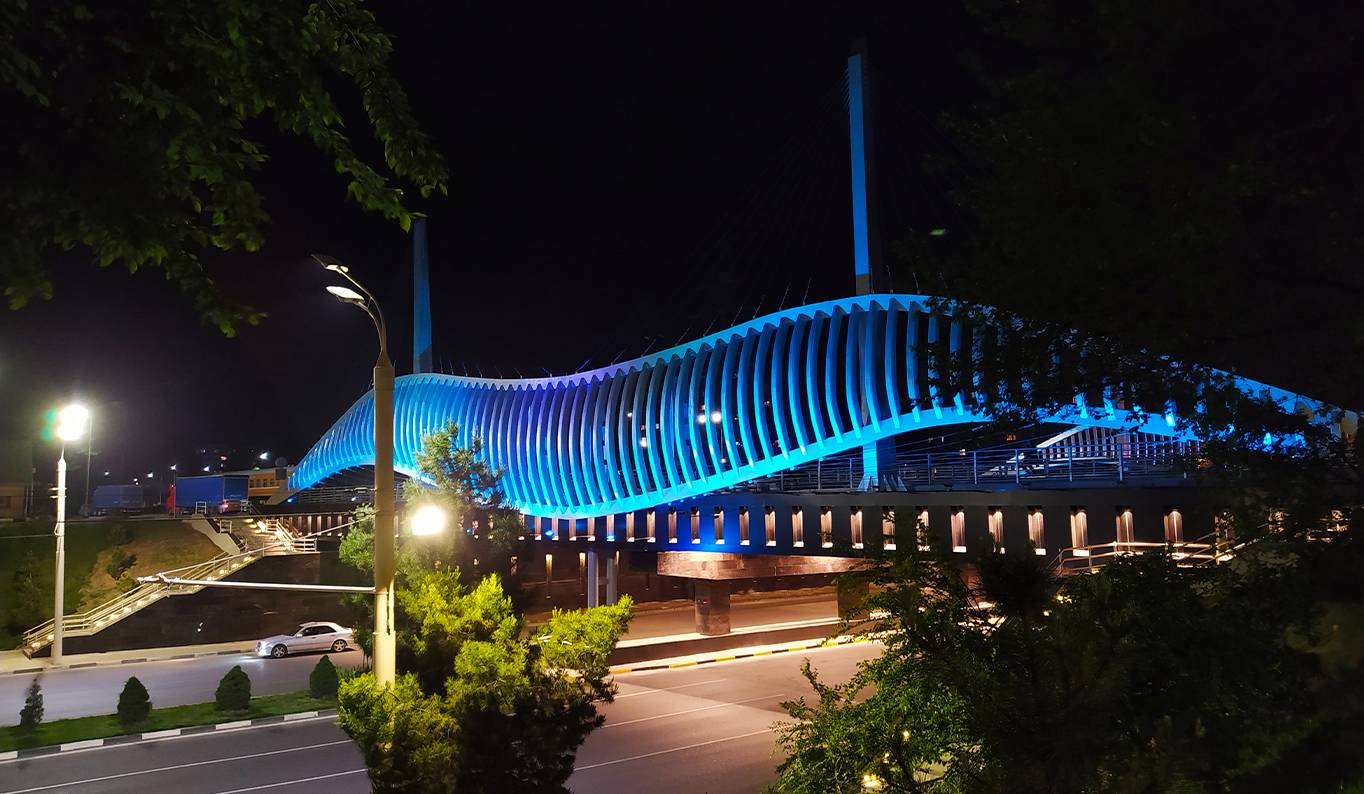
Leave a comment